In the two years up to the end of 2016, I had the good fortune to spend some months in Croatia, a country I had not thought all that much about previously. But I became fascinated by the dramatic scenery of the Plitvice Lakes park, and it became one of my favourite destinations for outstanding hiking and photographic opportunities.
So far, four articles on the national park have been published here at Macfilos (see list below), and I have delighted in reliving those all-season excursions over five years ago. This is the fifth and final article, covering areas of the national park that are often overlooked and overshadowed by the emphasis on the lakes themselves.
Indeed, as the park’s name suggests, the attraction is the sixteen lakes. Yet, they cover only a fraction of the near 300 square kilometres of the stunning landscape. In 1949 the area was listed by the Croatian government as a national park, and, thirty years later, it was recognised as a UNESCO World Heritage Site. I feel privileged to have had the opportunity to explore much of this wonderful landscape, including the lakes.
The first article in the series described my search for the sources of the various lakes. The second covered my visits to the upper lakes in the summer and autumn of 2015, and the third, my treks to the upper lakes in the winter of 2015 and spring of 2016. The fourth article in the series described Kozjak Lake and the lower lakes in the summer and autumn of 2015 and the winter of 2016. Now, to round off the series, I am looking at other areas of the park, which remain largely unvisited even though hundreds of thousands visit the lakes every year.
As before, almost all the photographs were taken with a Leica X Vario with its fixed 28-70mm zoom; I have indicated those taken with an iPhone 5s. The amount of detail captured by the Leica lens is extraordinary and I recommend viewing the pictures in as large a size as possible.
Medvedak
Medvedak (Bear’s mountain) runs for 8 km immediately to the east of Lake Kozjak and the park’s hotels, and includes (south to north) the peaks Oštri Medvedak at 889m, Tupi Medvedak at 868m and Turčić at 801m. A park leaflet tells me that in the late 19th century (1894) a trail up to Tupi Medvedak was constructed. In 1900, the Royal Forest Department made a trail from the hotel of that time up to the southern Oštri Medvedak peak. It was named Blanka’s path after the wife of the Archduke Leopold Salvator of the House of Hapsburg-Lorraine.
Wishing to explore the park beyond the lakes and waterfalls, I made several excursions onto the mountain, enjoying its wooded trails and views of the lakes below. Two principal trails exist, one starting across the road from the northern entrance to the lakes and rising to include all three peaks before dropping down to the lakes’ southern entrance. The other starts and finishes in the same way but only reaches the northern peak Turčić before descending through the woods. Walking on either trail pleasantly occupies an afternoon. Information boards have been erected at various points, telling visitors about flora and fauna. The patches are marked with red and white roundels nailed to trees with numbered posts at key waypoints.
Setting off from the northern entrance, I followed the trail to Turčić peak, named I was told because at this point an invading Turkish army was halted. Wikipedia notes that ‘The Croatian-Ottoman border went between Koprivnica and Virovitica to Sisak, then westward to Karlovac, southward to Plitvice Lakes, and southwest to the Adriatic Sea.’ Leaving Turčić less than an hour of gentle walking up the ridge brought me to Tupi Medvedak and I wended my way up to the small shelter on the top. Stopping on the bench beside the hut I admired the distant view of the Upper Lakes in their mountain valley.
Dropping down onto the saddle between the Tupi Medvedak and Oštri Medvedak peaks, I took the zigzag trail up to Oštri. The wooded hilltop prevented me from seeing much, but I caught sight of Bosnia and Herzegovina far below me to the east. As an aside, I was told that the locals in Plitvice like to go to Bosnia and Herzegovina to get their cars fixed because it is cheaper. These small details reveal a lot about the local cultures and how people get along from day to day.
From Medvedak, the mountain range continues south-east to become the mountain Plješevica. I was able to glimpse it through the trees, although I had better views from the hillside to the north of Kozjak lake. From Oštri Medvedak, I made my way back down through the woods to the hotel, stopping briefly at waypoint 3 shown in Photo 2 above.
Villa Izvor and the Plitvice River
I’d seen Villa Izvor on a map and was curious to explore it. As the Plitvice River has its source there and lends its name to the villa (Spring or Source Villa), I thought it would make a good starting point to follow the river down to where it tumbles into the gorge as the Veliki Slap (Great Waterfall).
The park staff told me the villa had been built for Josip Broz Tito by political prisoners; if the authorities found a good carpenter in Zagreb, they brought them there. It’s also known as Villa 99 because it is said 99 prisoners died or were killed there. Apparently, Tito stayed there only a few times, but other high-ranking people used it for meetings and entertainment. As he aged, Tito became increasingly paranoid about his safety, and the villa is said to have a tunnel cut through the hillside as an emergency exit route.
I visited the villa a few times to explore the river’s source and as a place to park before heading further up into the forest. Going into the forest and not wanting to get lost in the late afternoon darkness, I tied pieces of dayglo yellow rope, bought in a sailing shop in Zagreb, around tree trunks to mark my way back. It is more helpful in the snowy woods than the Scout method of using sticks to mark the path and avoid the question in the gloom “is that the sign I left or just some sticks that fell like that?”. A Scout patrol could argue that point for ages, getting collectively colder by the minute.
I’d done something similar in the Musandam mountains of Oman when I’d placed tins with a reflective tape filled with stones beside a narrow mountain track. As dusk quickly fell, my torch picked out the tins stretching across the mountainside, a very comforting and reassuring sight. I’d collected the last tin in darkness. A point of interest was the baited wolf trap on the plateau above, but that’s another story.
I had a quick look inside the villa but didn’t stay long, aware that walking around dilapidated buildings alone wasn’t the safest activity. I spent time on the grounds and saw far below me, the Plitvice river’s source, at the cliff foot. Parking away from the villa, I walked back up the river to attempt a photograph as it flowed out of the cliff, but the steepness of the valley sides prevented me from seeing it.
Some rivers start as a small trickle of water rising in quiet meadows and take their time to build up strength in their journey to the sea. But the Plitvice river, similar to the Black River described in the first article in this series, rushes from the cliff face fully formed. Taking the path of least resistance, it stays within the valley confines until released to wander across the meadows below before tumbling 78 metres as the Veliki Slap (Great Waterfall).
Walking beside the river passing below Plitvica Selo on a snowy day, I had the camera raised to photograph the track curving away from me. Noticing a movement to my right, I twisted towards it and, seeing a deer, got off a short burst as it crossed my path. It brought to mind a past lesson from a pistol instructor. “Don’t hold the gun out in front of you as you see in the movies when you are in a building. They’ll hit your arm as you come through the door, and you’ll lose the gun. Keep it high and close to your chest – like this; it only takes an instant to thrust it out.” Good advice; standard practice for the western European police force my instructor had recently left. So that is how I use the camera in the street; a decisive movement for a decisive moment.
Čorkova Uvala
In the morning sunshine, the park ranger and I walked over the hill to the lodge at Čorkova Uvala to re-join his colleague with the car.
Weeks before, I’d intended to cross the hill to the lodge but found the trail covered in deep snow. I realised it would be hard to follow the trail with any small deviation, potentially landing me in a hidden hole in the rocks. While I was weighing my options, an otherworldly screech rent the air and a foul smell wafted past me. Discretion being the better part of valour, I turned back. I reasoned that a good walk in the hills on a winter’s afternoon could turn very, very bad in the twinkling of an eye, and something out there didn’t seem to want me disturbing its peace.
On that beautiful spring day, however, such thoughts were far from my mind. As we made our through the woods, the ranger indicated various plants like the bear garlic: “they love it”. From its smell, I thought I would as well, with mashed potatoes. He told me that a village had existed in the valley below for years, but it was abandoned because of a lack of water in the summer. Little surface water remains in the area of karst limestone with its numerous cracks and caverns. This raises the question of how the lakes remain in the landscape; I assume the geology is different or that their beds have built up over the years to stop them from draining away.
Descending the hill, the lodge at Čorkova Uvala, built as a hunting lodge for Tito, came into view, and we saw the other ranger waiting for us. Nearby is the Čorkova Uvala virgin forest. Apart from those belonging to the national park, no vehicles are allowed in that area to prevent the virgin forest from being damaged. The only way to reach it is by foot, bicycle or park vehicle, and I had previously walked there from the hamlet of Kuselj to the north, about two hours each way.
The ranger told me that a group from Bangor University (in Wales) had stayed there to research the wolves. He explained that wolves leave their faeces (called scat) at the tracks junctions to mark their territory. I’d seen a trail camera in the woods on my travels (Image 19) and, nearby, what I took to be fox scat because of the number of berries in it. They told me that historically animals such as the wolves and lynx moved back and forth across the border with Slovenia in the north. As the refugee crisis had grown in recent years, the authorities had erected fencing to stop the columns of people leaving Croatia. What effect that had had on the normal movement of the animals had yet to be determined.
I followed up on the research and contacted Dr Peter Haswell, now with the University of California Davis and the Ronin Institute in the USA, who, with Professor Josip Kusak from Zagreb University, had carried it out. Dr Haswell led the ecological interactions studies as his PhD while Professor Kusak is in charge of the large carnivore monitoring in the park. Dr Haswell kindly sent me a link to the research they had published, which gave me an insight into the lives of the wolves, lynx and foxes in the park.
The rangers and I sat and chatted for a while, and they asked what my plans were. I said I intended to take the road through the woods to reach the top of the upper lakes. They suggested I take the trail parallel to the road through the woods to see some interesting rock formations and re-join the road further south. Then we said our goodbyes, and with a wave, they left to continue their survey of the animals further into the woods. Taking their advice, I set off across the broad meadow in front of the lodge and then followed the trail as it turned south into the woods.
Tall rock formations appeared between the trees, and the trail wound its way around them, avoiding the gaping holes in the forest floor. Sitting alone, I found the place had a strange atmosphere. I’d experienced this feeling before in the park, and I can only describe it as elemental. One rock had the features of a man’s face, and I wondered if the expression would change if I stayed there long enough. I was reminded of the park staff member telling me that “nature is very strong in the park, both good and bad”. Definitely worth returning there one day.
The trail re-joined the forest road and, after stopping to look at the Antino Vrelce spring, I continued to the top of the upper lakes and back down to the hotel. It had been another varied and interesting day, discovering a new area of the park.
I wondered if I would come across a bear in the woods as there are supposed to be many in the park, and the animal’s head is the emblem of the park. I saw many deer on my walks, but no bears. Two members of the park’s staff told me they’d met a bear in the woods. In both cases, the animal stood on its hind legs and made a threatening posture before dropping and walking away without an attack. Both men told me that, as the bear left, they realised their legs were shaking.
Loose ends
I spent many days enjoying the woods, whether rain and snow fell or the sun shone. Many moments were captured which don’t fit a particular narrative. I want to include these as a collection of loose ends, and please feel free to tie them as you wish. The woodland floor held many pleasant surprises brought to life by the gentle afternoon light. And some days were a pure gift with freshly fallen snow and bright sunshine.
Image 32: The Great Escape. Driving back from a walk I saw this sheep contemplating, I surmised, whether or not to make a run for it before the sheepdog, sitting comfortably, noticed
An ending and a beginning
I left Croatia in April 2016 to return to the UK and said goodbye to the park’s beautiful hills, woods and lakes. Although my time in the park came to an end, at the same time, it marked the beginning of my longing to return. It calls me still. Perhaps one day, I will respond to the call and return.
This series has enabled me to revisit and share the many beauties of the Plitvice Lakes National Park, and for that, I am very grateful to Mike Evans, creator and editor of the Macfilos blog. I also wish to thank Dr Peter Haswell for his input about the carnivore study.
Read more from Kevin Armstrong
Plitvice Lakes articles
- Plitvice Lakes: Seeking the source with the Leica X Vario
- Plitvice National Park: Exploring the upper lakes in summer and autumn
- Plitvice Lakes National Park: Visiting the Upper Lakes in Winter and…
- Plitvice Lakes National Park: Visiting Kozjak and the Lower Lakes
- Plitvice Lakes National Park: The last post
Make a donation to help with our running costs
Did you know that Macfilos is run by five photography enthusiasts based in the UK, USA and Europe? We cover all the substantial costs of running the site, and we do not carry advertising because it spoils readers’ enjoyment. Every amount, however small, will be appreciated, and we will write to acknowledge your generosity.

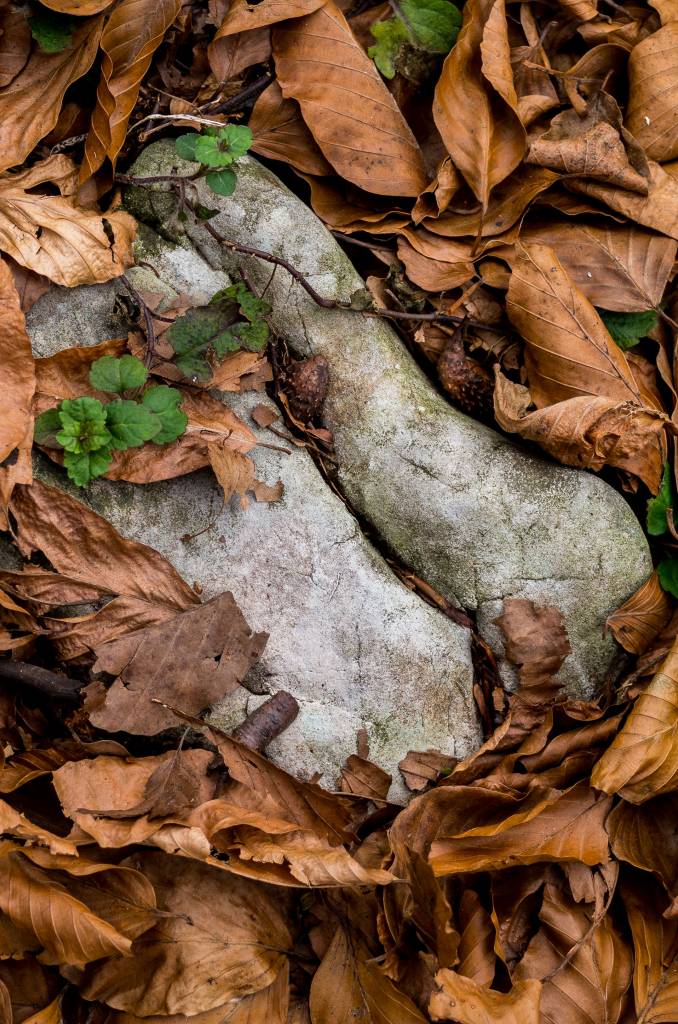
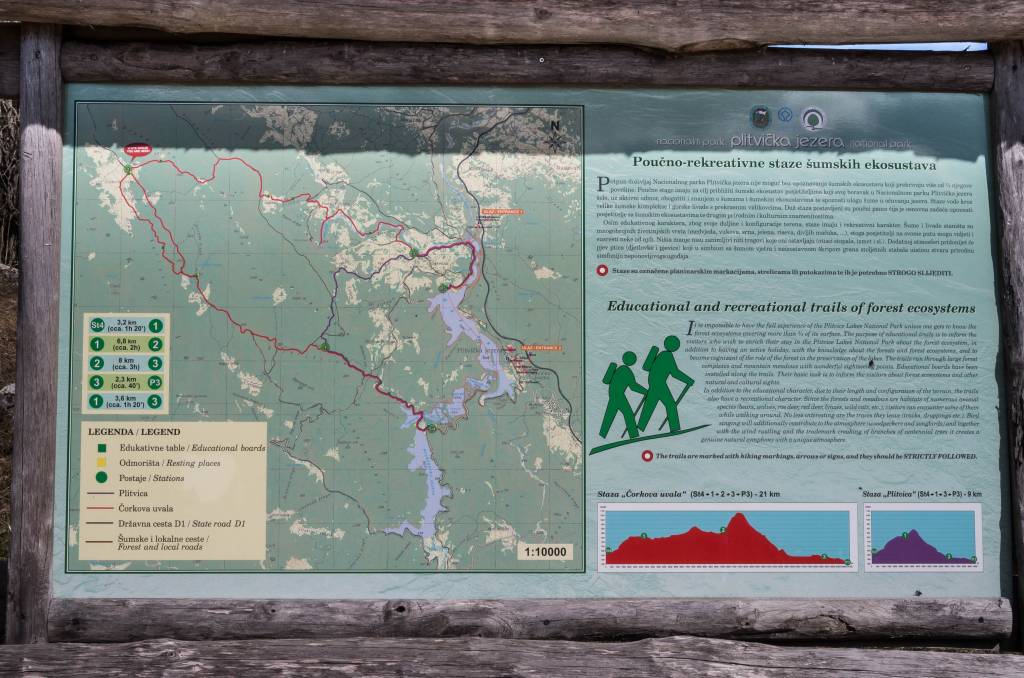
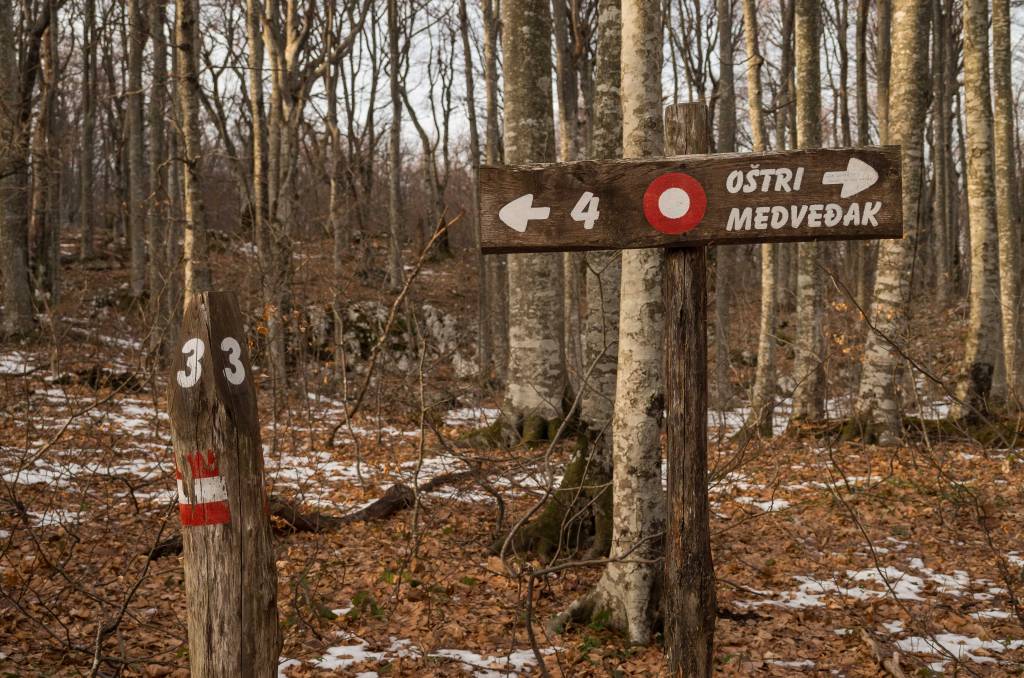
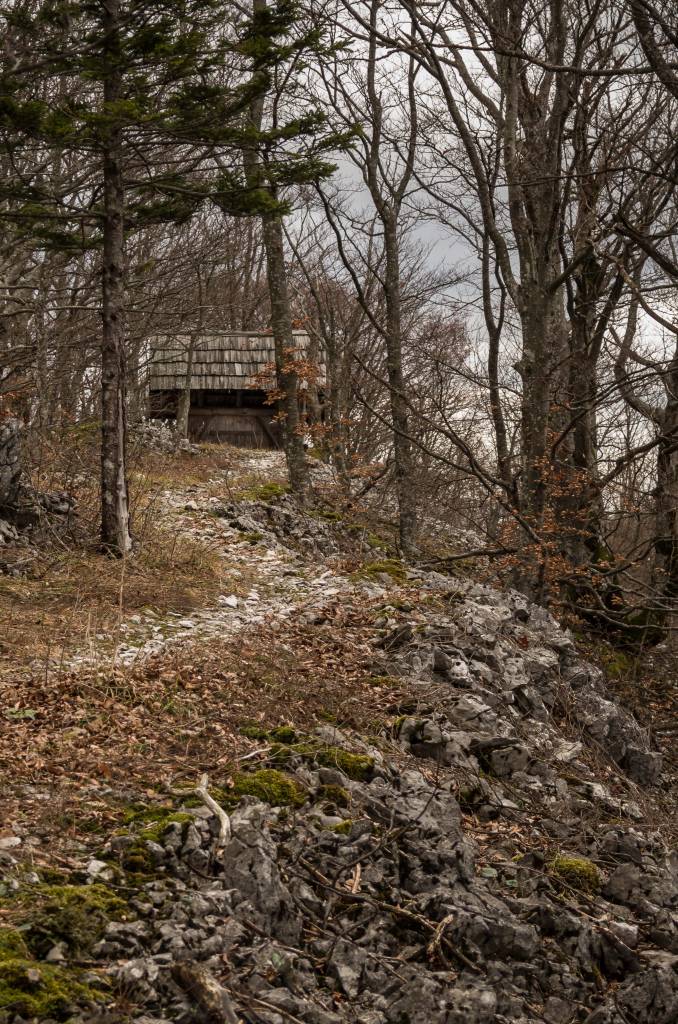
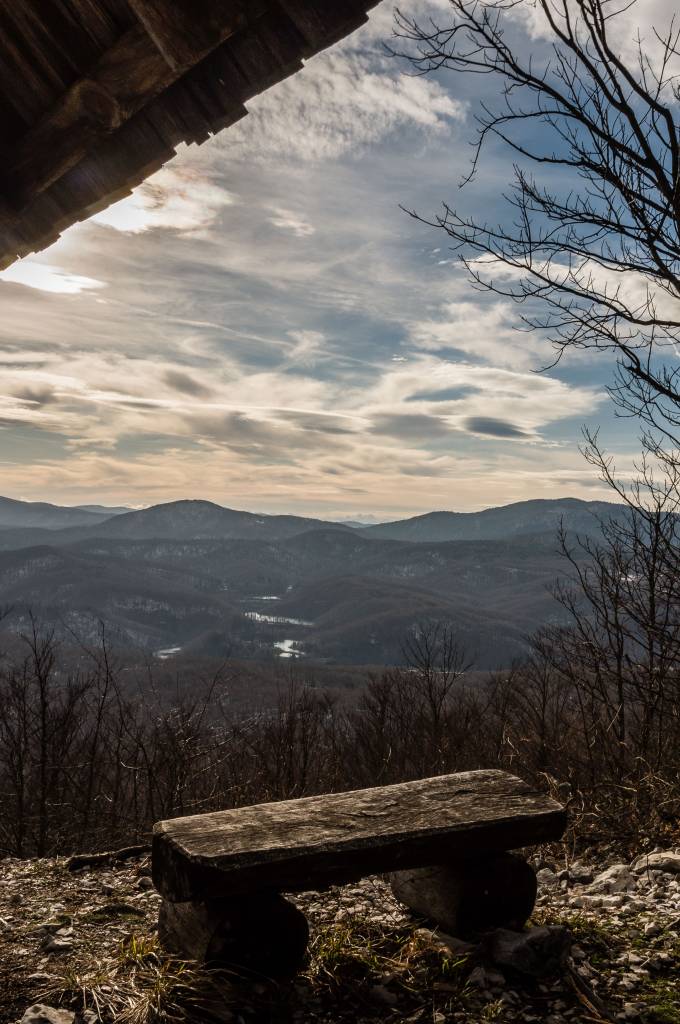
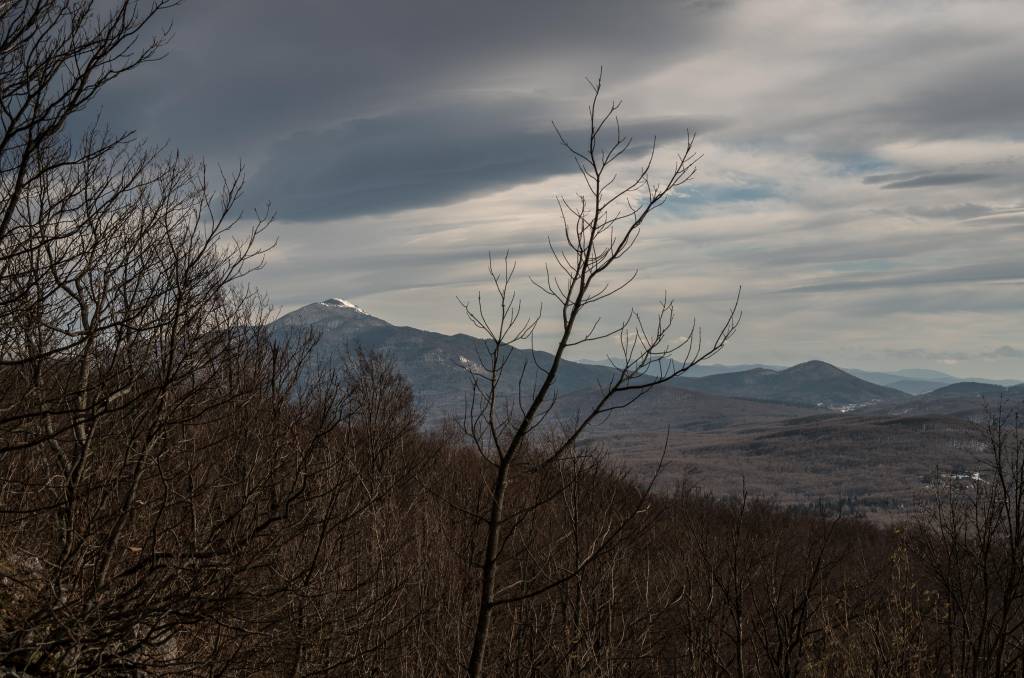
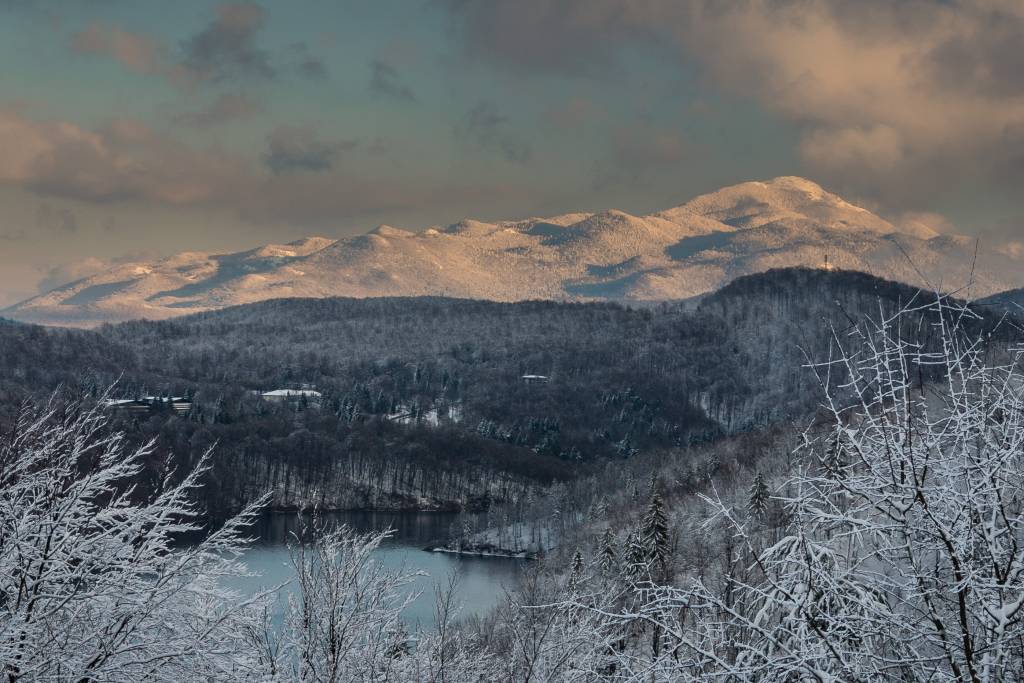
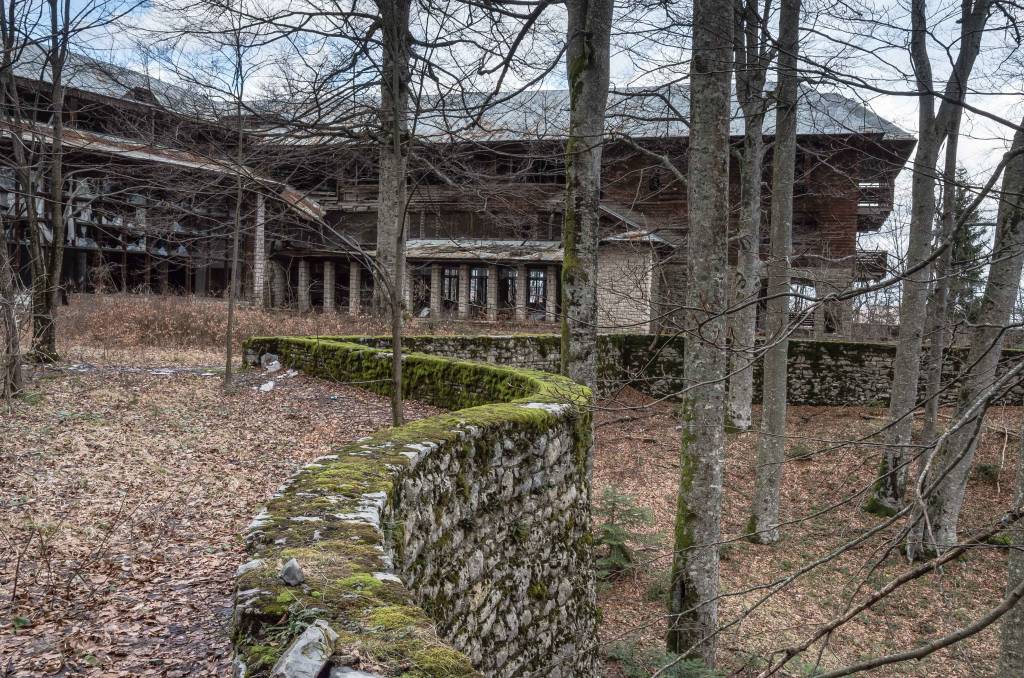
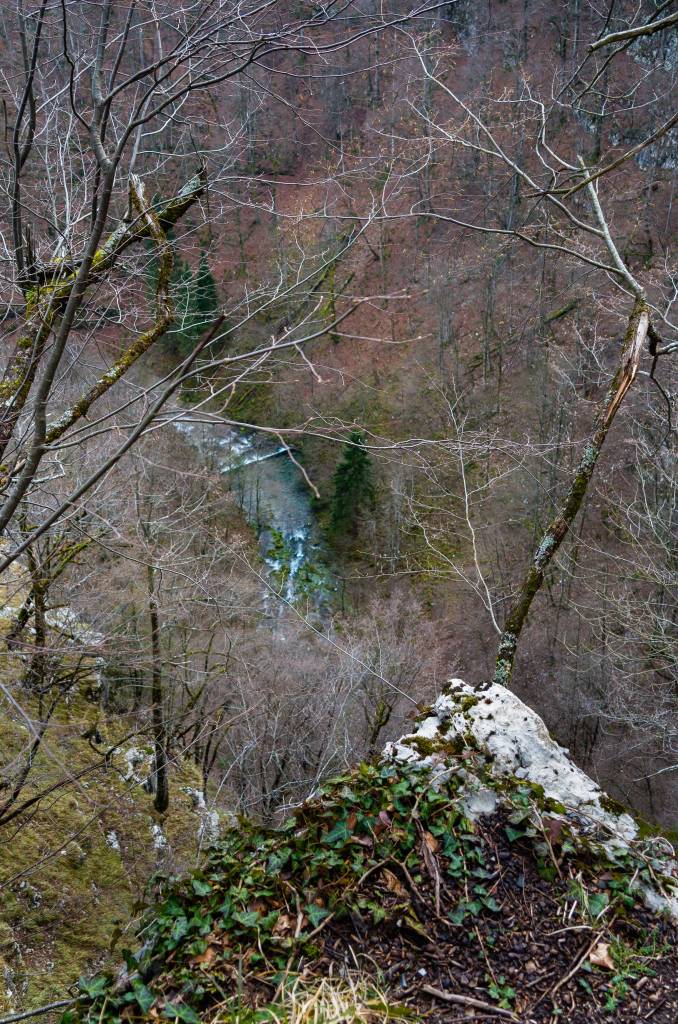
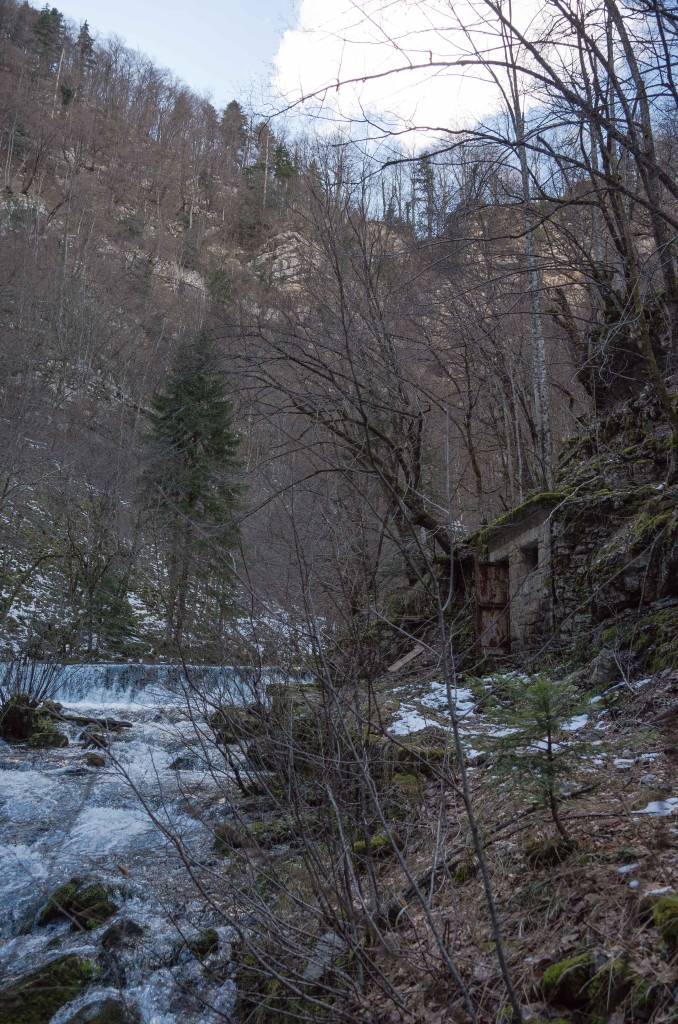
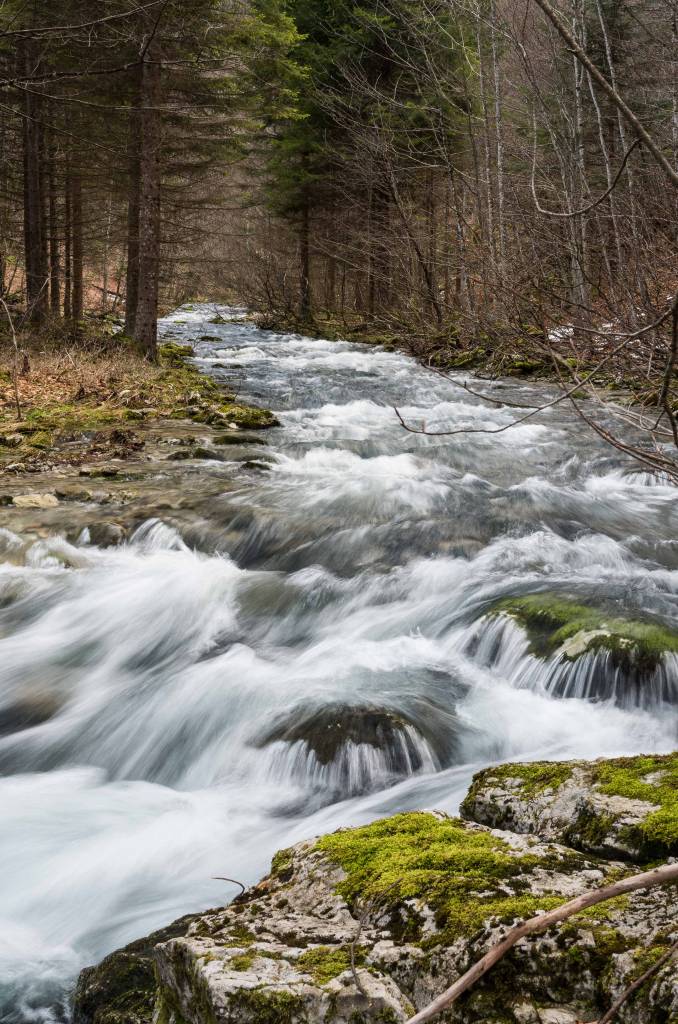
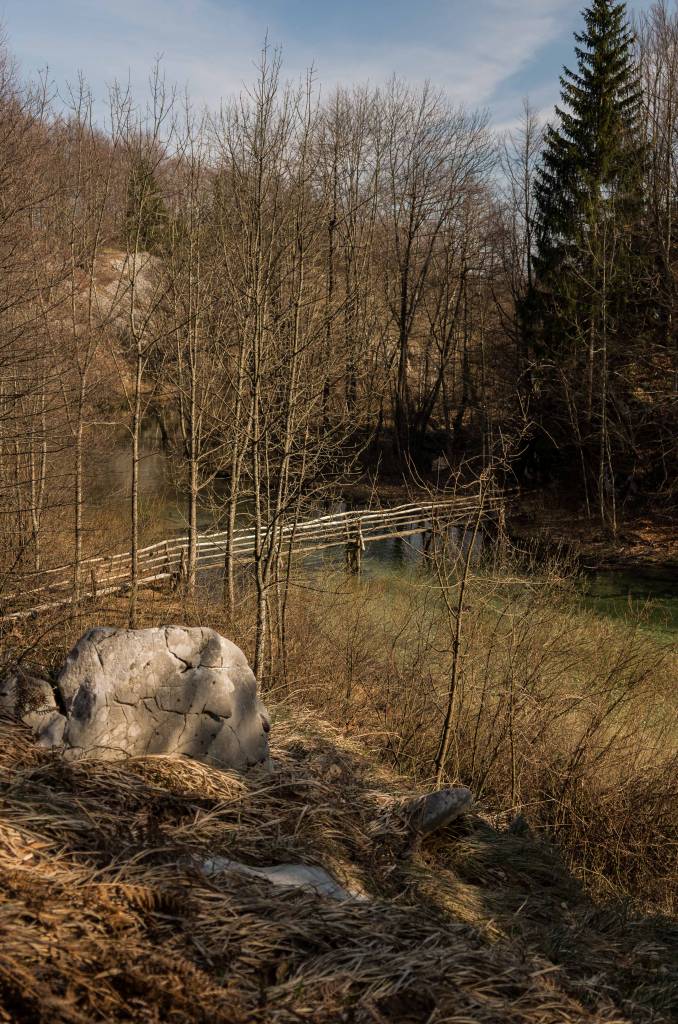
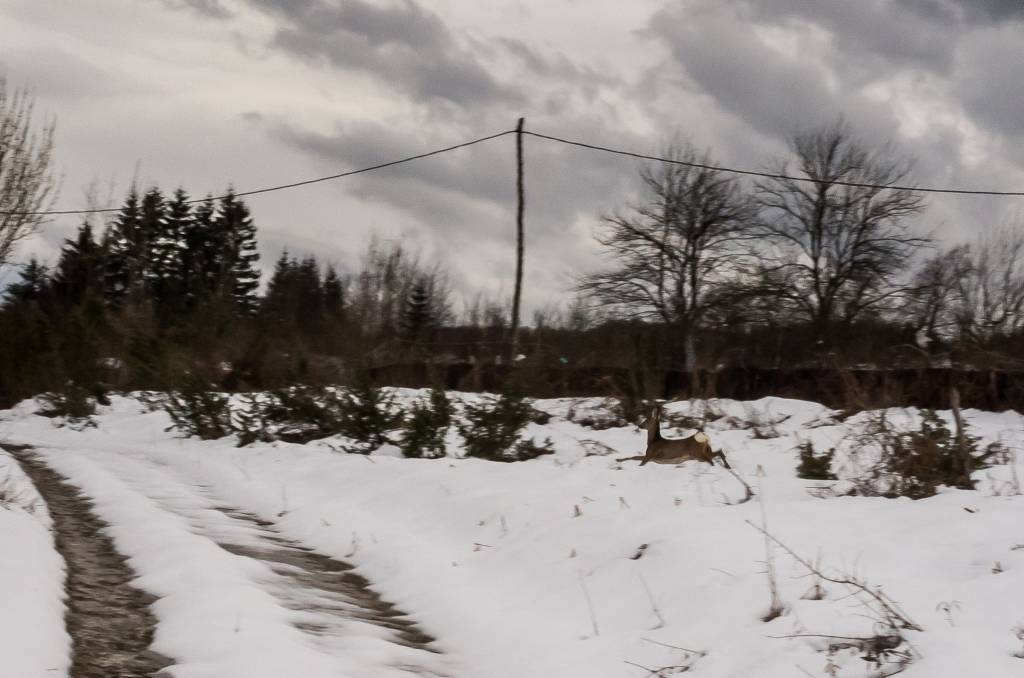
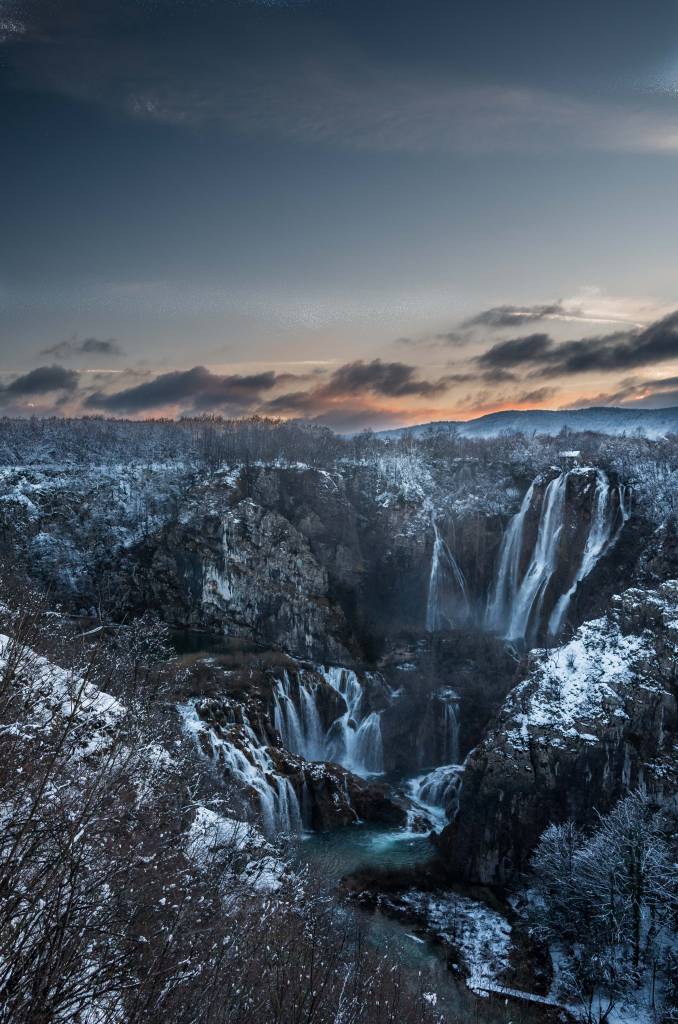
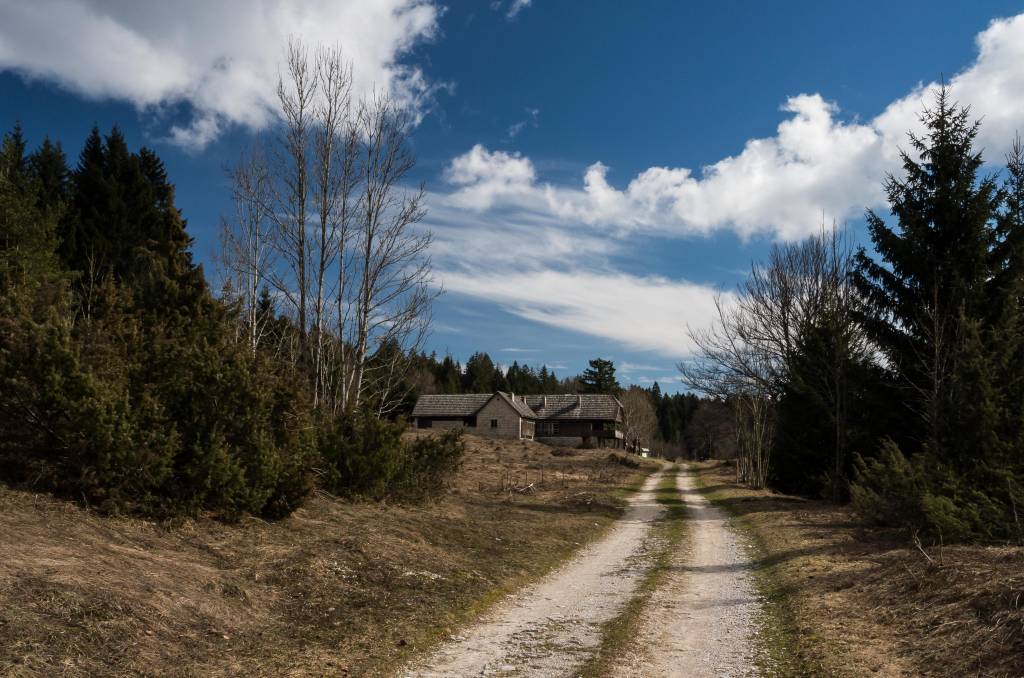
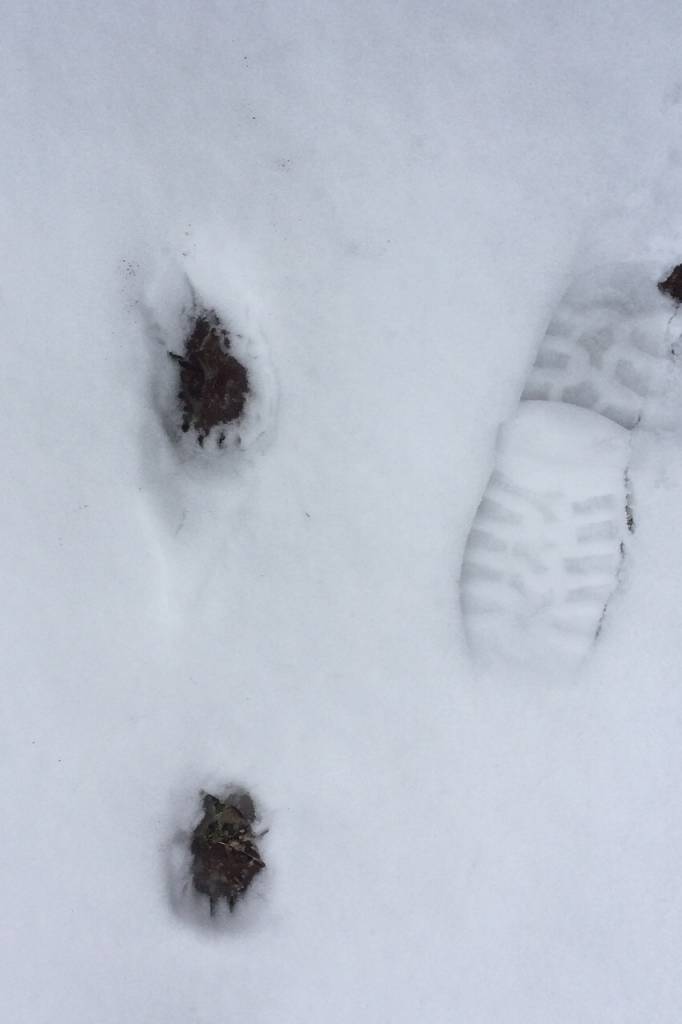
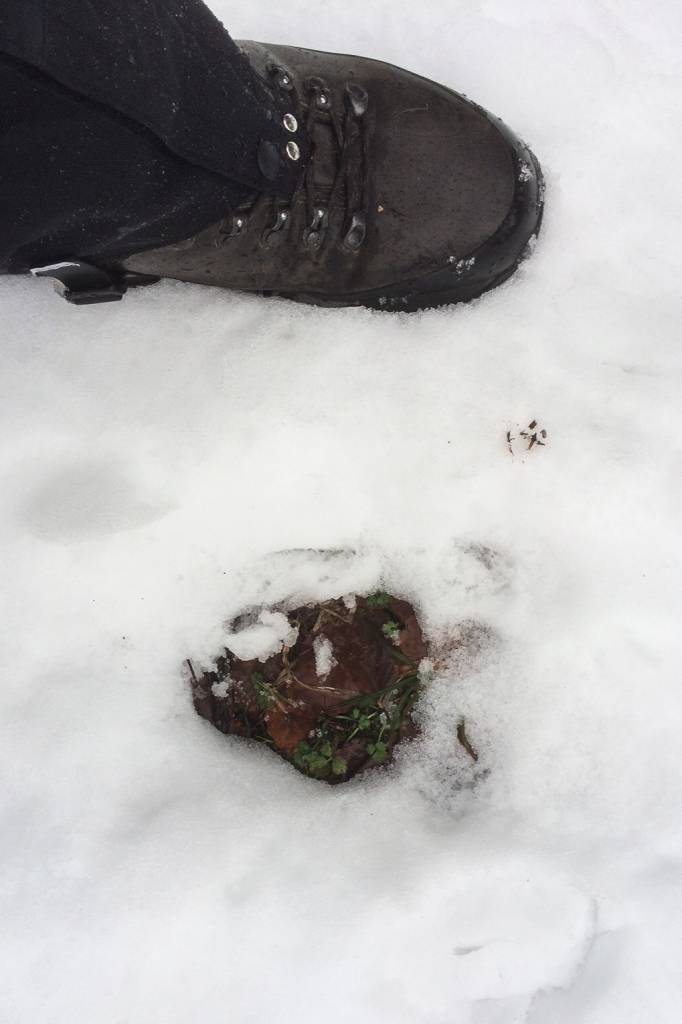
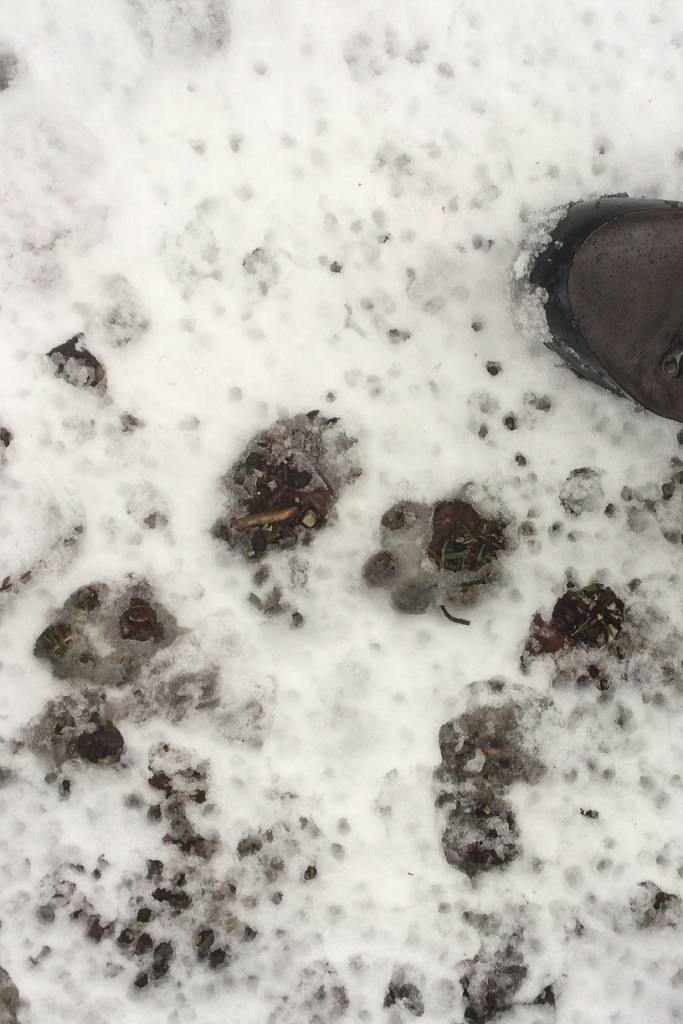
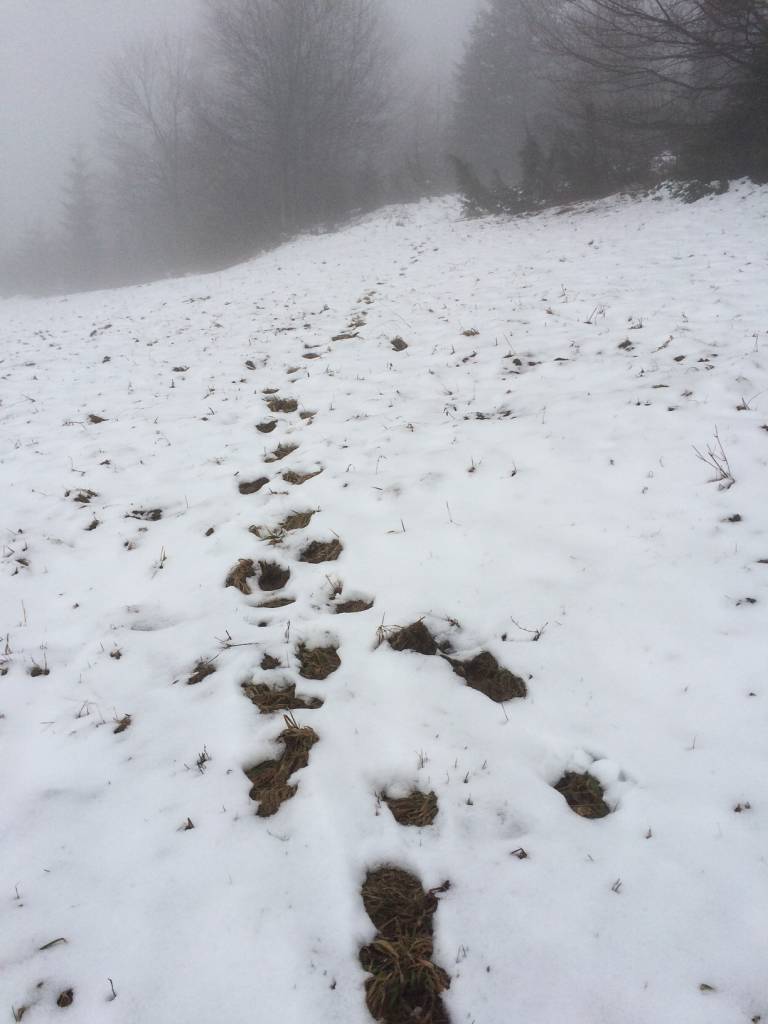
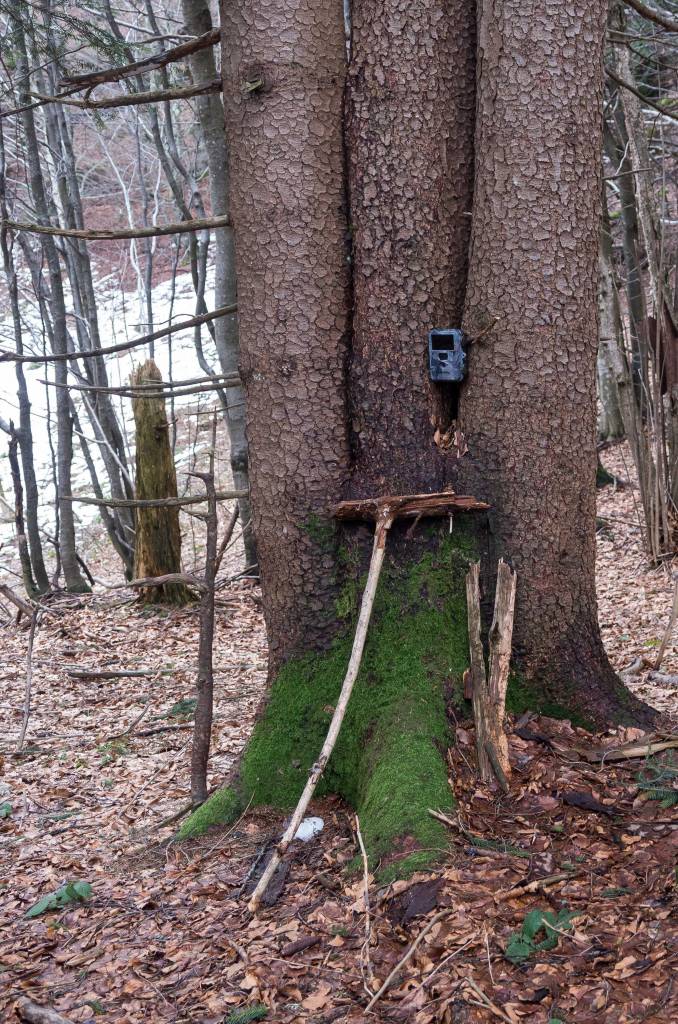
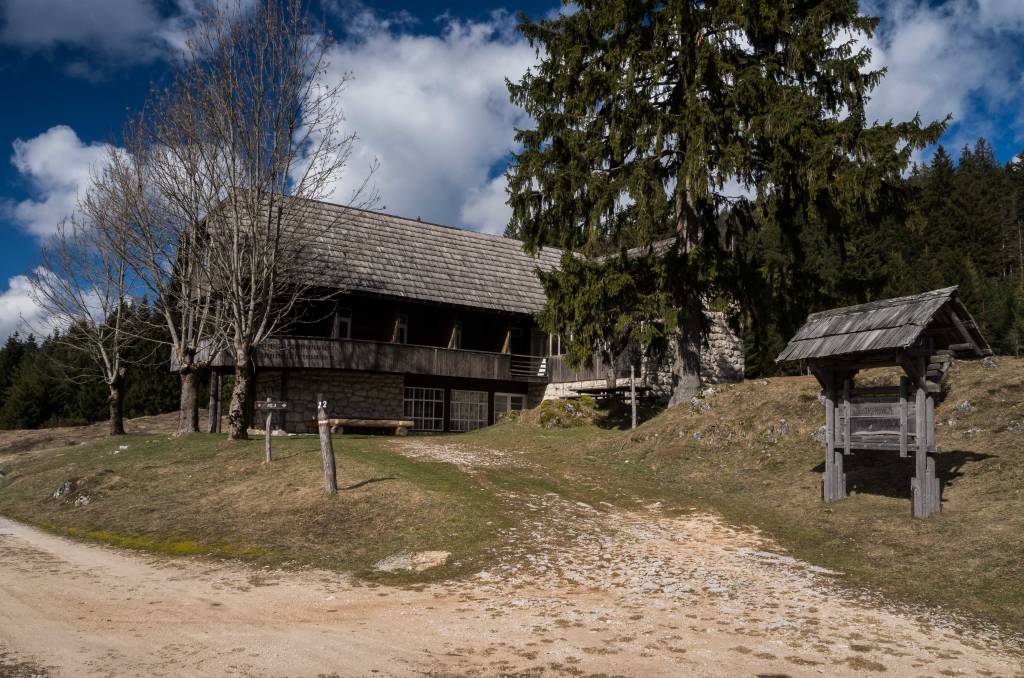
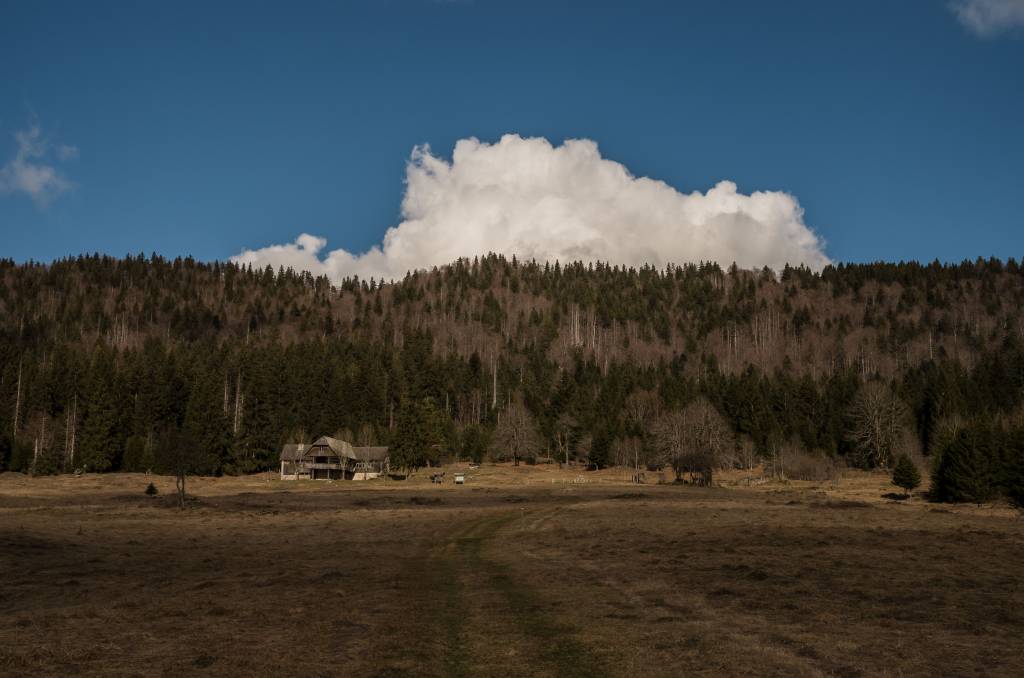
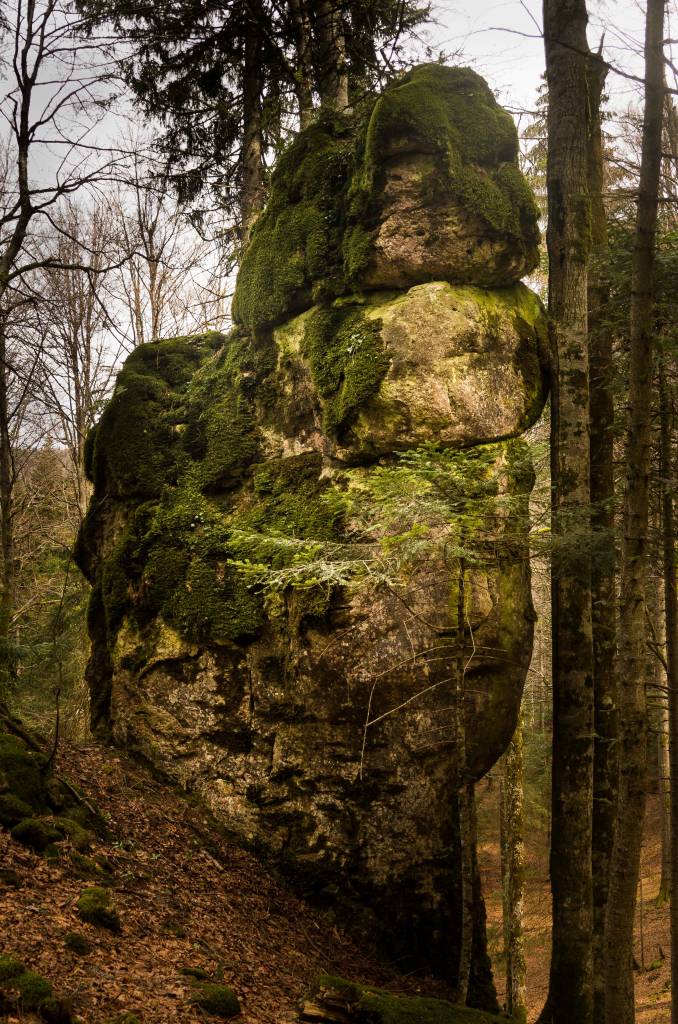
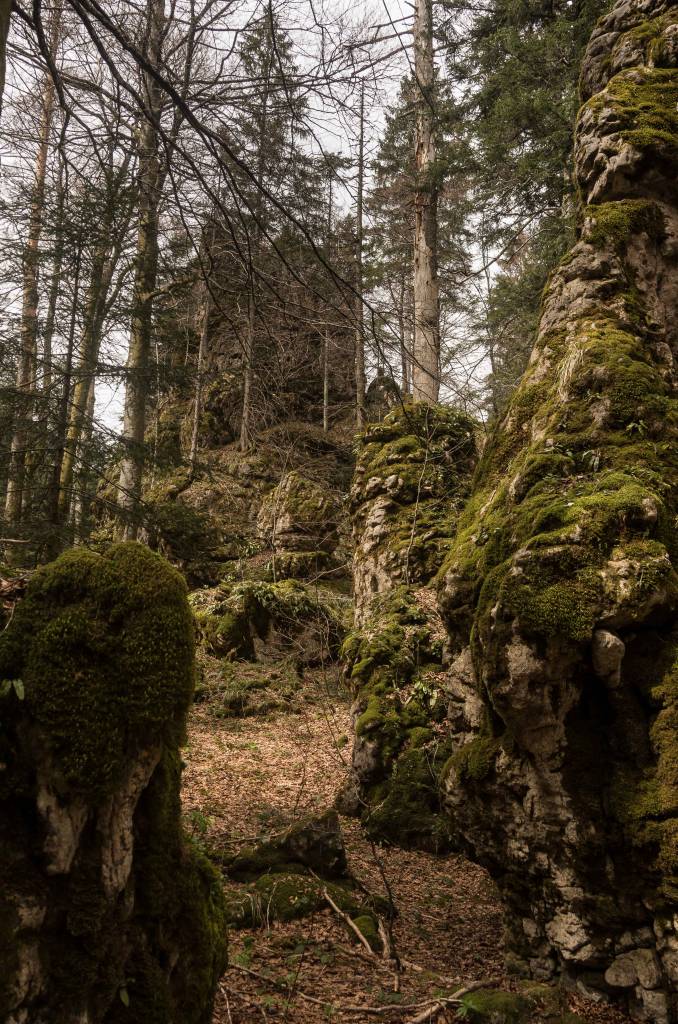
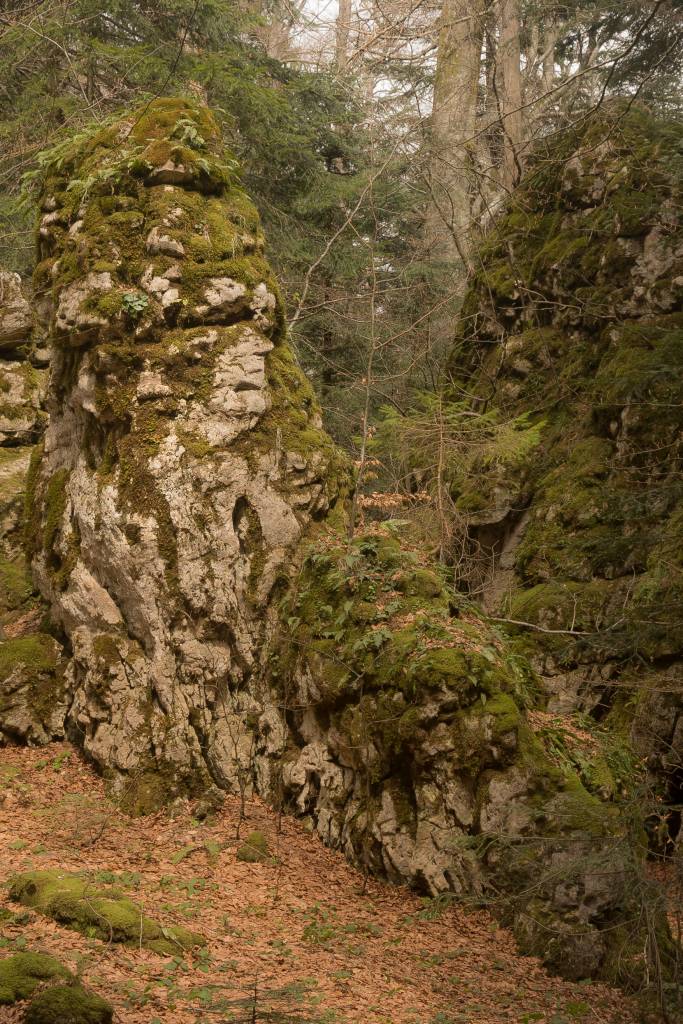
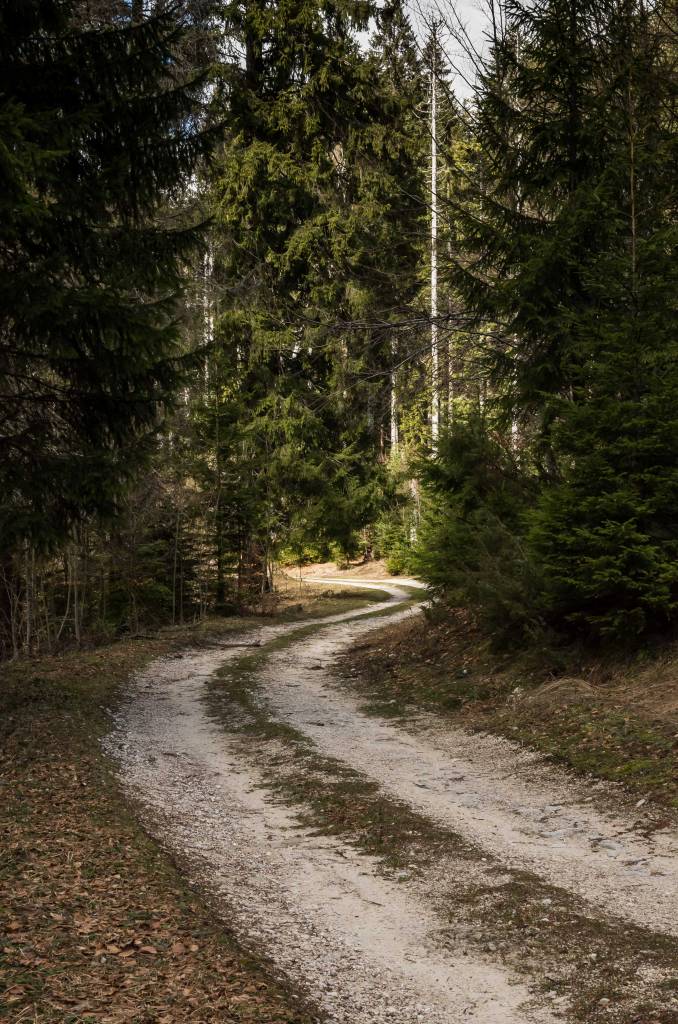
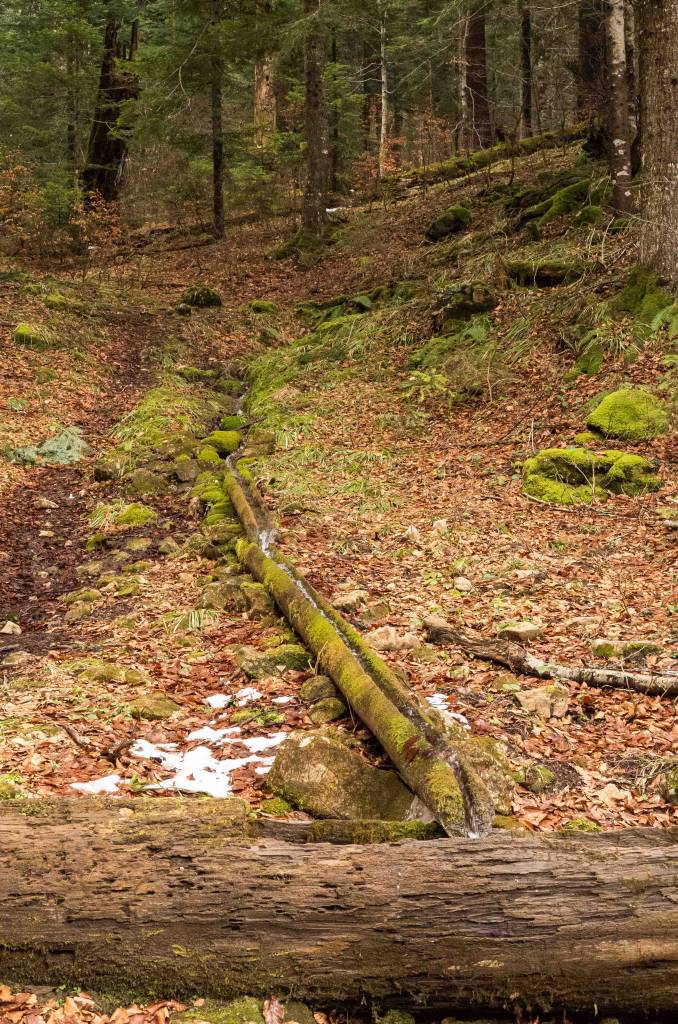
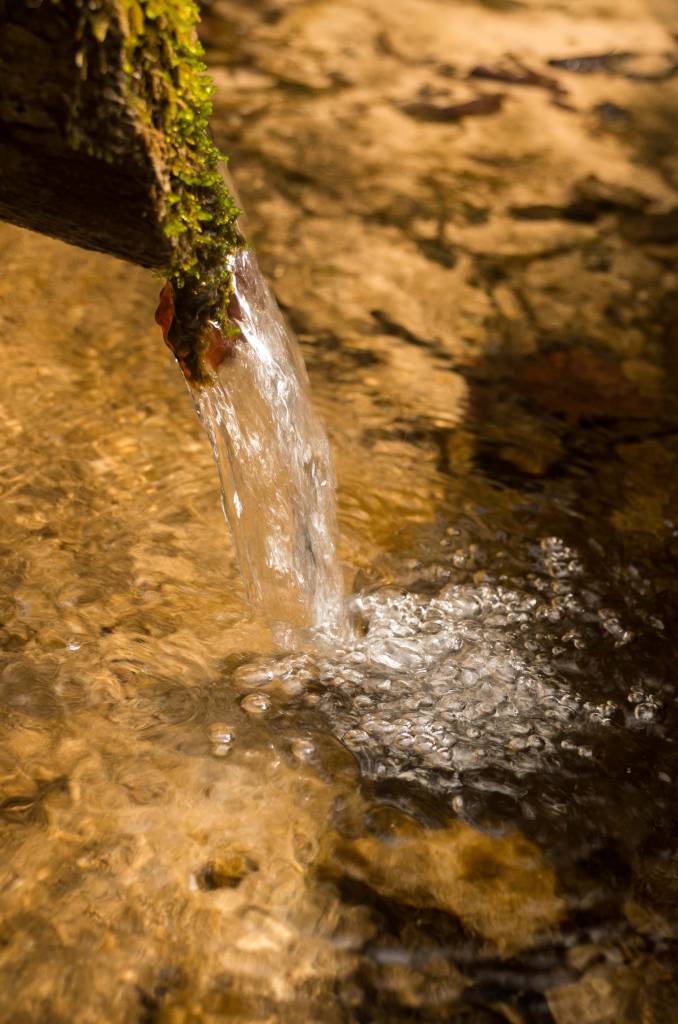
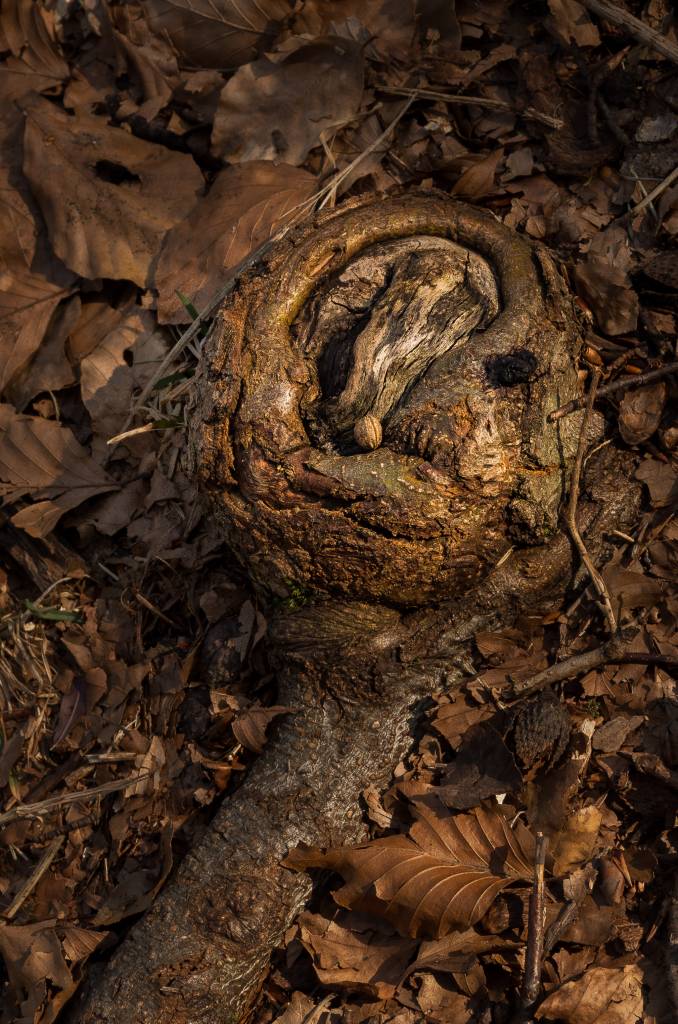
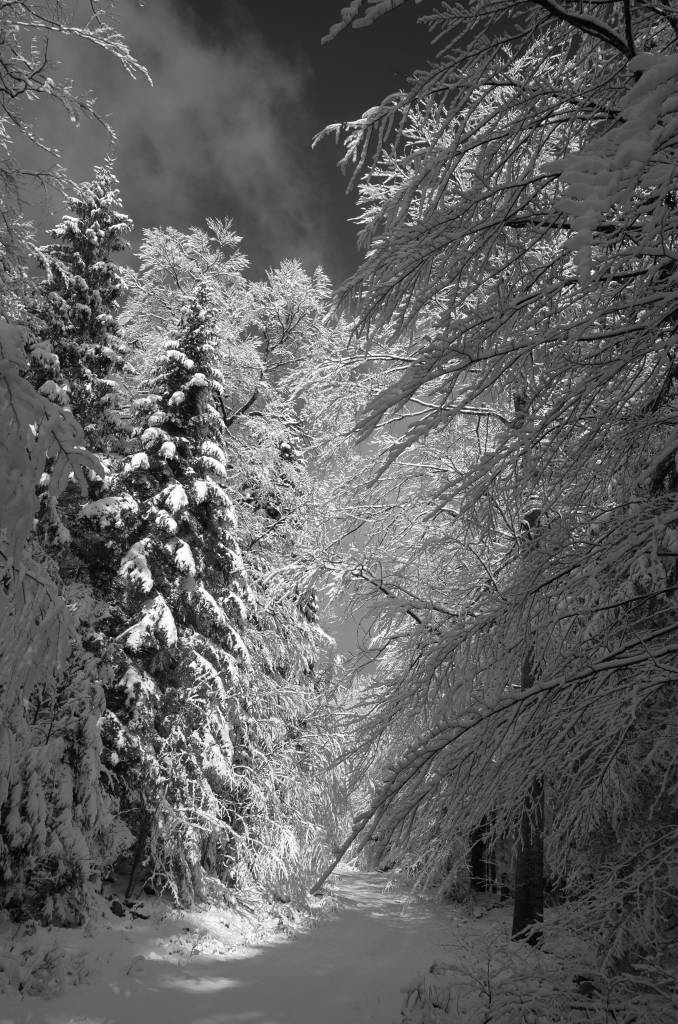
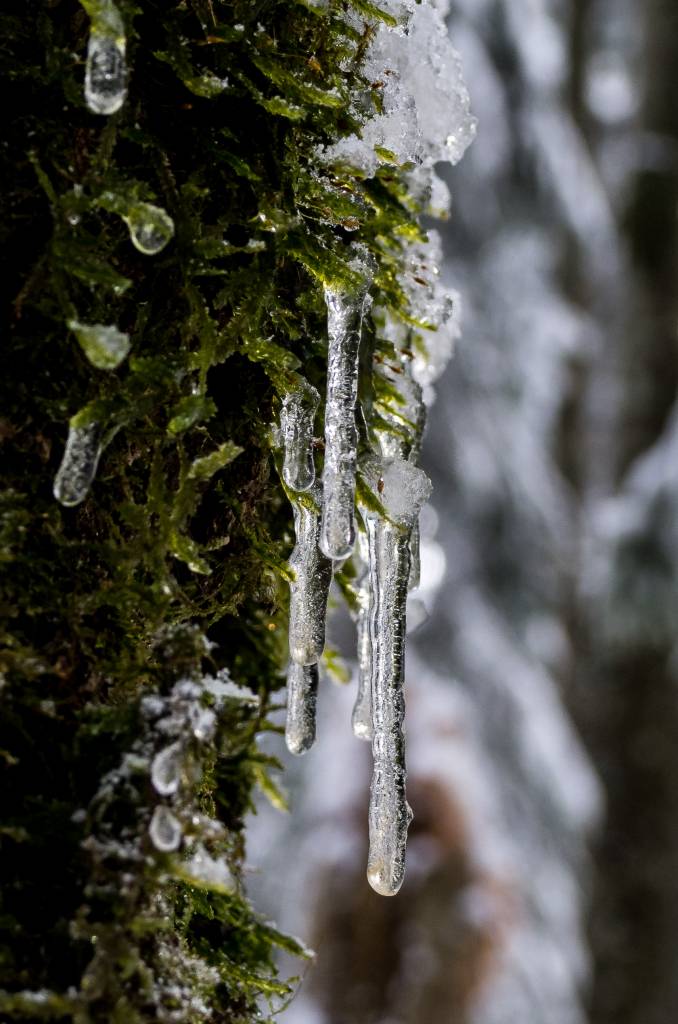
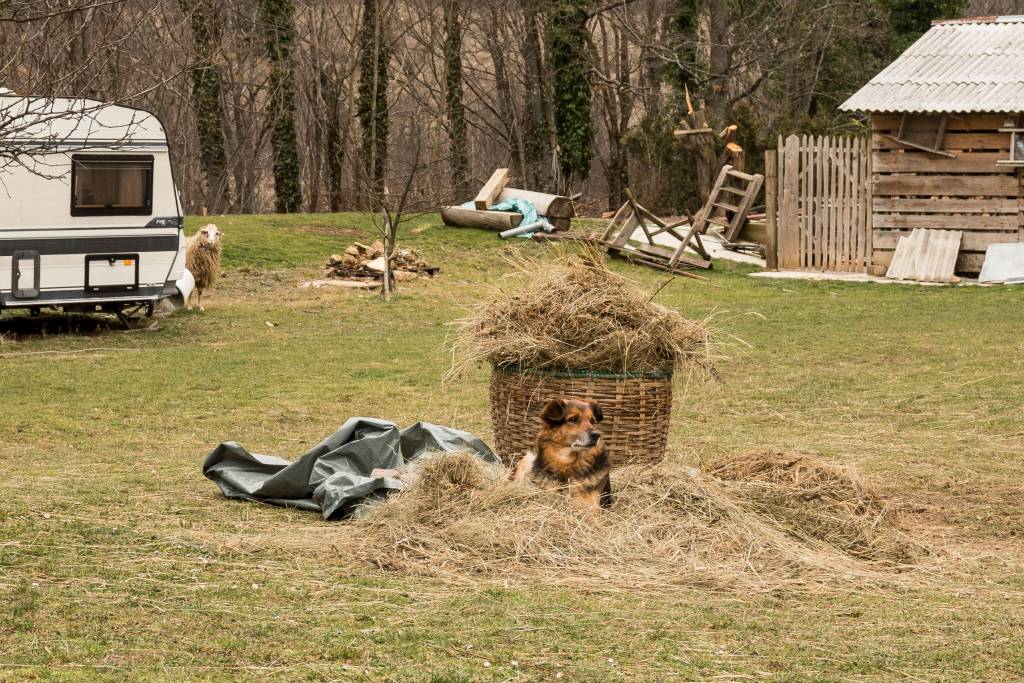
A lovely roundup of your time in the lakes, Kevin. As you say it’s let you revisit the experiences of your days there. I know I’ll miss it too.
Thanks Farhiz, I’m glad you enjoyed it.
Thanks Kevin for a wonderful travelogue. It has been a wonderful series with great narratives and images which I enjoyed tremendously. In the last article I am with Wayne, images 30 & 31 are my favourites. I love the way the greens and ice mingle in image 31 and the beautiful background blur.
Enjoy the weekend and stay safe.
Jean
Thanks Jean for your kind comments. I’m glad I’ve been able to describe and illustrate my walks around the lakes and the park and bring the articles into a body of work. The sunny day when I took the two images you refer to called to be photographed and I was well rewarded for my journey into the snow covered woods.
Thanks Kevin, for assembling this. It certainly finishes on a high.
Out hiking and trekking i must admit that too often i see the big picture but miss the special small shots. I like how you caught #28 Boots and #31 Icicles.
However my favourite is the much bigger #30 Woodland Walk. The light is great in that.
And thank you for #32, providing me with a smile to finish – for both what you saw and presented, as well as my own stumble. I.e. i read the first line of the legend/description, then glanced quickly at the image, and thought to myself “That’s a dog, not a sheep”. Doh, caught me, hook, line and sinker.
Glad you like it Wayne.
The mountain woodland of the Plitvice Lakes park is rich in compositions throughout the day and from day to day as the weather and light change. I had the time to go at my own pace and to stop if something caught my eye.
I did a double take, and braked sharply, when I saw the sheep pondering its options. With the dog being completely oblivious and lying warm on his bed of straw I just had to capture the juxtaposition. I’m pleased I was able to share the joke with you.
Love winter park, soup ladle and Villa, thought for sure Bela Lugosi was going fly out as a bat ! When are you going retire move there and moonlight as Park Ranger for Photo tours? Park and you make money! Great way start my weekend and get to reread and view photos over again, thank you,
Thanks John, good idea! I wouldn’t have been surprised if a bat had flown out from Villa Izvor, the place had a rather unpleasant atmosphere perhaps because of the number of people that died building it and the general sadness of their endeavour.
Plitvice Lakes calls me back but I have a strong itch to return to Arizona and the west coast of the USA which I hope to scratch once I retire.
What a wonderful end to an epic journal of your adventures in Croatia. I must confess I was in Bosnia during the war of the first half of the 90’s. I remember standing under Tito’s fist near Prozor (as I recall), a monument I believe was destroyed in the aftermath of the war. And my late Grandfather produced a wonderful painting from one of my images near Gornji Vakuf, it stands as a lone outrider in his collection, as the other paintings he created are places he visited, or had a close relation with.
I loved image 13, it is so the one I would look for, and for me stands out.
On an extra positive, I had my jab this morning and join the history of our covid recovery.
Thanks for you kind comment Dave. The photo 13 is a portrait version of a photo that appeared in an earlier article in landscape mode but I like it very much and it helped close the story of the Plitvice River. Anyway I’m pleased you liked the article.
The Balkans wars are still nearby in the memories of the people at Plitvice Lakes and evidence of the war is there to be seen away from the lakes. Spending time there and getting to know the people gave me a deeper appreciation of the place and its recent history.
Good to hear you’re on the road to recovery.
Don’t laugh, had jab, got ill again. lol. had a twenty four hour mini-covid experience post jab. It seems to have passed now, and just have a sore arm left. Hopefully that is me done with this virus for a while.
Interesting. I’ve now had both jabs and didn’t experience any problems, nor have any of my friends. Maybe it proves your immune system is working well. Anyway, hope all is well now.
My dentist told me that people tend to get a reaction from the first jab with the Oxford AstraZeneca vaccine and from the second with the Pfizer. I had a relatively mild reaction to the first Oxford AstraZenica jab but my wife was laid up for a day or so after hers. I thought of you Dave at that time and reflected on how badly I would have been if I had caught Covid 19 given that the vaccine had such a noticeable (albeit mild) affect on me. So far thankfully we seem to have dodged that particular bullet. There does seem to be a correlation between the severity of symptoms and strength of the immune system. I used to be proud of my strength, now I suppose I can be thankful for the weakness of my immune system!
I was warned that my body with its wild type anti-gens would spot the vaccine and try to wipe it out. What I wasn’t prepared for was waking up the next day feeling like I’d been through the wringer, and unable to lift my head, and having extreme fatigue. It literally passed within hours, but it was like being transported back to the dark days of my worst moments with the disease.
I hope take two in June is fine.
Hopefully going forward I will have decent protection that is combination of wild type and vaccine induced anti-gens.
On a positive note, I see we will be able to produce the Nova-vax vaccine on UK soil, that might remove some stressors for the future.
I also see it is being made by Fujifilm. Leica doesn’t have a vaccine, so I suppose we will just have to go with the X-Pro Jab.
I felt I was with you on your journey as I slowly went through your images. They almost make me put my decision to dispose of my X-Vario on hold. Did you never find 70mm too short in that amazing territory? Any cropping in these pictures?
John, I’m pleased I was able to convey something of my journey. I found the X-Vario’s zoom range to be good for what I wanted to capture and it’s size weight and flexibility makes it a very useful travelling companion. I don’t recall any major cropping.
I am working on another article and for the first time desired a longer zoom. Perhaps I’ll invest in a second hand digital system one day but I obtained what I wanted using an Olympus IS-3000 film camera with a 35-180 zoom. Using B&W Ilford 400 film gave me a nicer contrast in one image than I could obtain by processing a similarly composed DNG file from the X-Vario.
As an aside I scratch my head trying to understand the physics of why the 28-70mm zoom on the APSC sensor X-Vario is relatively small but going to a full frame sensor means I have to use a disproportionately larger and heavier zoom. The same logic applies with the IS-3000 which after uses a ‘full size’ light sensitive material, and it has auto-focus. I’ll have to leave the question to those bears with bigger brains I’m afraid.
Glad you liked the article.
Kevin, you seem to have found Slap Central, image 13 above. 22, 23 and 24 are very like places I saw in Slovenia.
A magnificent series, with photos to match.
William
Thank you William, much appreciated. Slovenia is on my list of places to visit one day.
A magnificent conclusion to a great series of articles. What a great location for photography and superb photographs to complement it. Thank you for sharing.
Thanks Richard, it’s definitely worth visiting once the current restrictions are lifted.
And I appreciate your words very much, thank you.
Kevin. To me image 6 is exquisite. It just works. I noted you put in a reference to Oman! Thank you for an enjoyable article.
Thanks Chris. I’m glad you liked it.
Chris, to give more depth we lived in Abu Dhabi for a few years and visited the Musandam both for extended day trips and overnight camps. We would drive through Dibba into Oman and then through the canyon and up onto the hills. I looked on Google to try and get a GPS reference of where we walked but since leaving in 2010 there seems to be more roads built into the area so I couldn’t see it.
If we wanted to spend longer in Oman we would go to Nizwa and explore the mountains and villages around there. Only once did we cross to the eastern coast below Sur to watch the turtles coming ashore. Plenty of fond memories and photographs remain though.